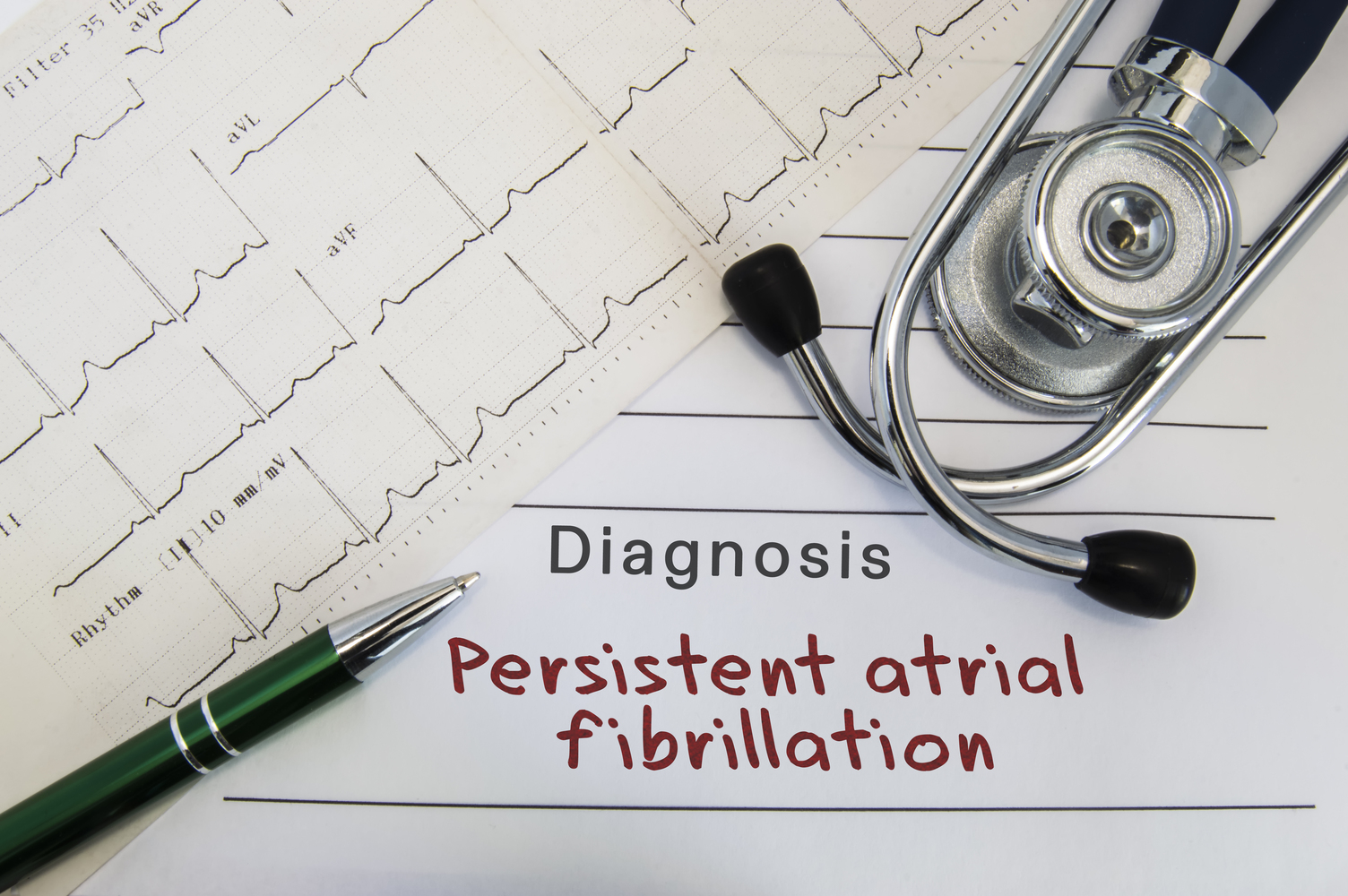
An Overview of Atrial Fibrillation
Atrial fibrillation is a frequent, irregular heart rhythm that occurs when electrical impulses fire off from unusual places in the atria in a disordered way. The usual heart rate is 60-100 beats per minute, and in this condition, it may range from 100-175 beats per minute. This causes the atria to jerk, causing irregular heartbeat or pulse. It may lead to a stroke, which can be fatal.
One can control these conditions by undergoing the appropriate treatment for atrial fibrillation, which can help a person lead a normal, healthy life.
1. What are the symptoms of atrial fibrillation?
There are unique symptoms for this cardiac condition one can be on the lookout for in case they suspect the possibility of them having this issue. A few of the signs are:
- An increased level of palpitation
- Prolonged tiredness
- Increasingly frequent shortness of breath
- A constant feeling of faint or dizziness
- An inability to exercise intensely or for a long period of time
People having an irregular pulse can develop atrial fibrillation. Many people do not show symptoms in the initial stages, making it difficult to diagnose the problem. However, many show the above symptoms at the onset of a serious cardiac arrest or other heart issues.
2. What are the causes of atrial fibrillation?
There are many causes of atrial fibrillation. This disease is connected with coronary heart disease, but in many cases, doctors fail to find out the actual cause of this condition. It is mostly a result of multiple factors acting at the same time.
The primary causes are coronary artery disease, high blood pressure, excess alcohol consumption, and abnormal heart valves. Other causes include lung diseases, viral infections, stress, and disorganized lifestyle, etc.
3. What are the treatment methods for atrial fibrillation?
The treatment for atrial fibrillation depends on many factors such as the duration of the condition, level of severity, medical history of the patient, etc. However, doctors take two crucial points into consideration when deciding the treatment method. These points are basically the primary goals of the treatments, which are to reset the rhythm of the heart and to prevent blood clots by lowering the risk of stroke. The most common way to treat this condition is via medication that controls the heartbeat.
Aside from medication, there are certain lifestyle changes one can make to reduce the chances of suffering from this condition. These are:
- Eating a healthy diet
One must consume a balanced healthy diet for the overall improvement of the body and must also control the intake of sugar and salt in their daily diet.
- Exercising
It is necessary to increase the daily activities undertaken and have regular workout sessions to keep the heart fit and healthy.
- Avoiding smoking and drinking
One should quit smoking and limit or reduce their drinking habits as alcohol and nicotine are triggers of this condition.
- Limiting caffeine intake
One should also limit their daily caffeine intake to reduce atrial fibrillation.
- Maintaining a healthy weight
One needs to maintain a healthy weight to keep the heart functioning properly.



